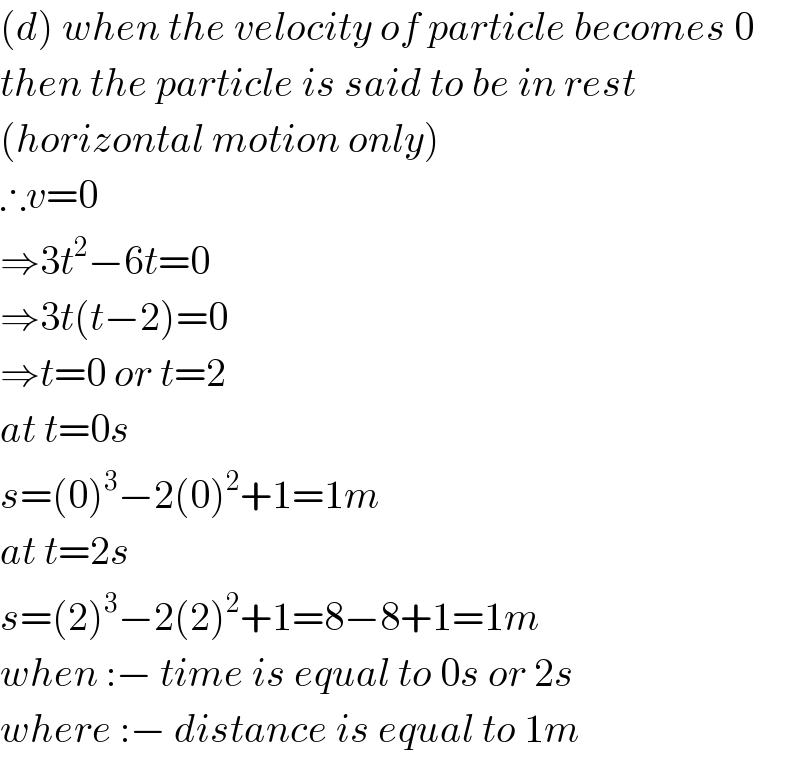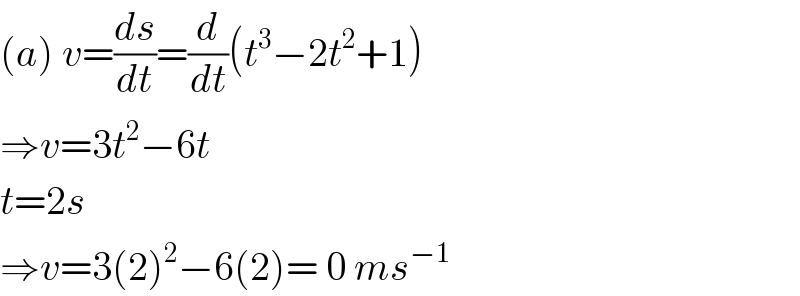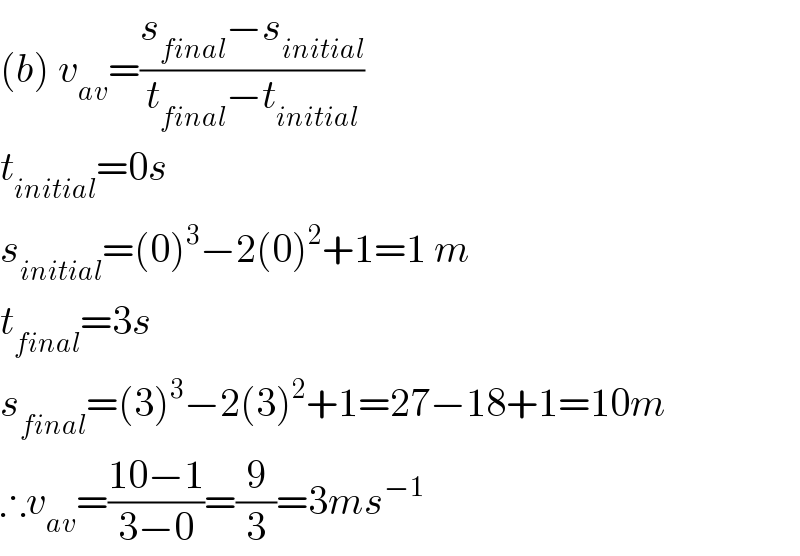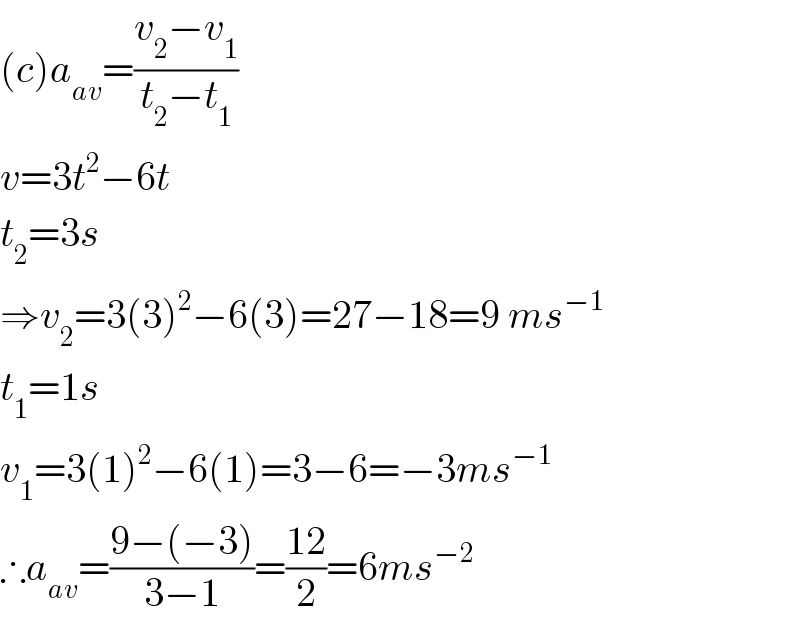
Question and Answers Forum
Question Number 57084 by frimpshaddie last updated on 30/Mar/19

Commented by Kunal12588 last updated on 30/Mar/19

Commented by kkc last updated on 30/Mar/19

Answered by Kunal12588 last updated on 30/Mar/19

Answered by Kunal12588 last updated on 30/Mar/19

Answered by Kunal12588 last updated on 30/Mar/19

Answered by kkc last updated on 30/Mar/19

